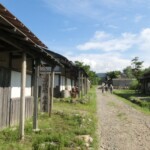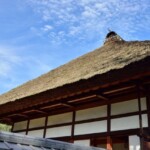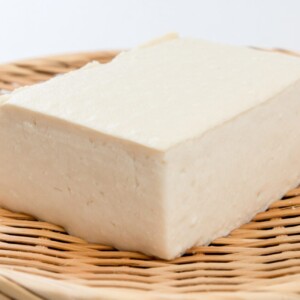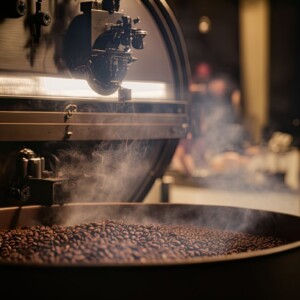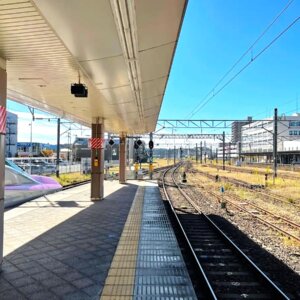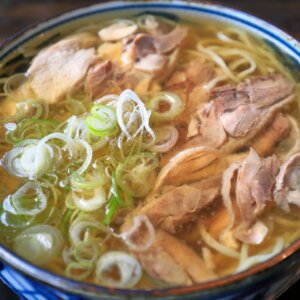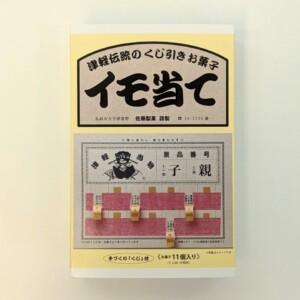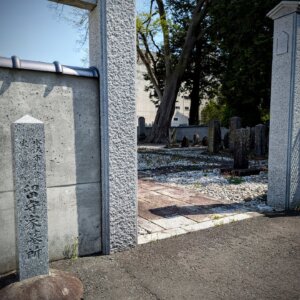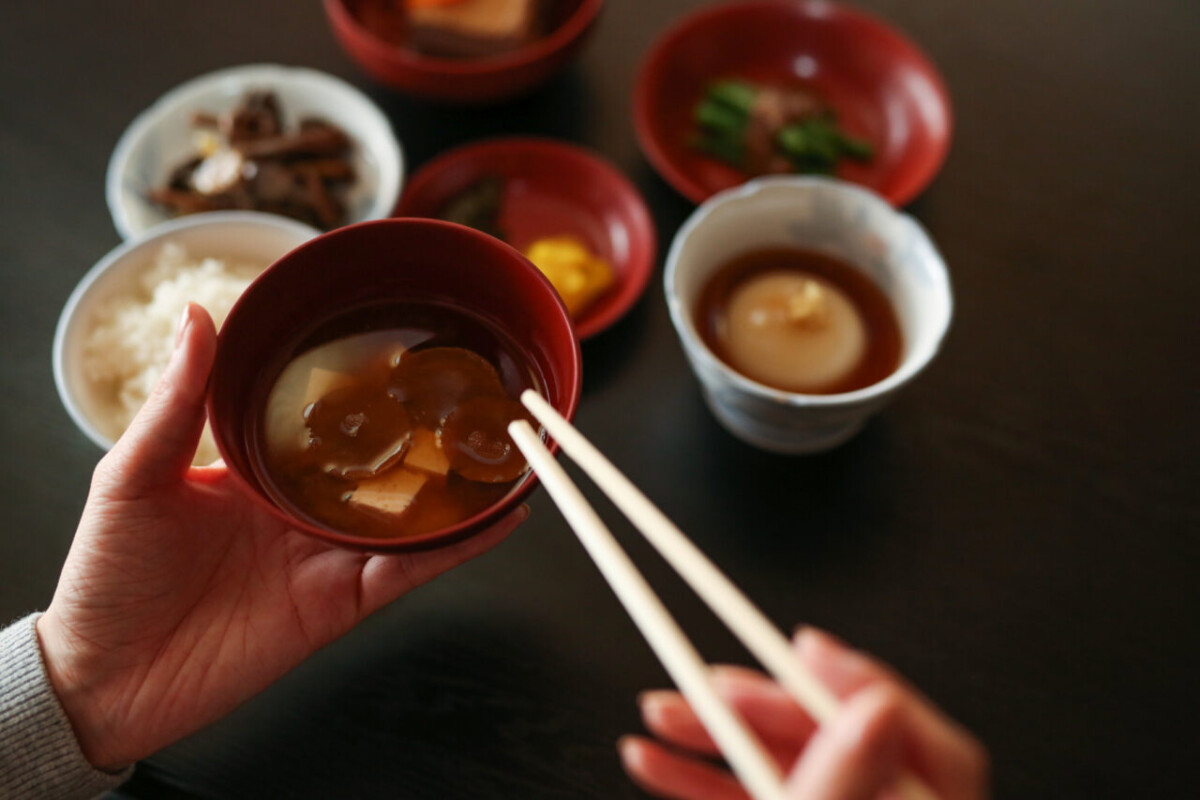
【山形県鶴岡市】何百年も受け継がれてきた鶴岡の食文化
目次
鶴岡市では、山菜やきのこなどの山の幸、米、枝豆、カブ、タケノコなどの里の恵み、タラやヒラメなどの魚介類など、四季折々の食材を活かした郷土料理をを長い間に渡って伝承してきました。
その伝統は、世界的にみてもまれにみる豊かな食文化を持つ都市として「ユネスコ食文化創造都市」に加盟が認められています。
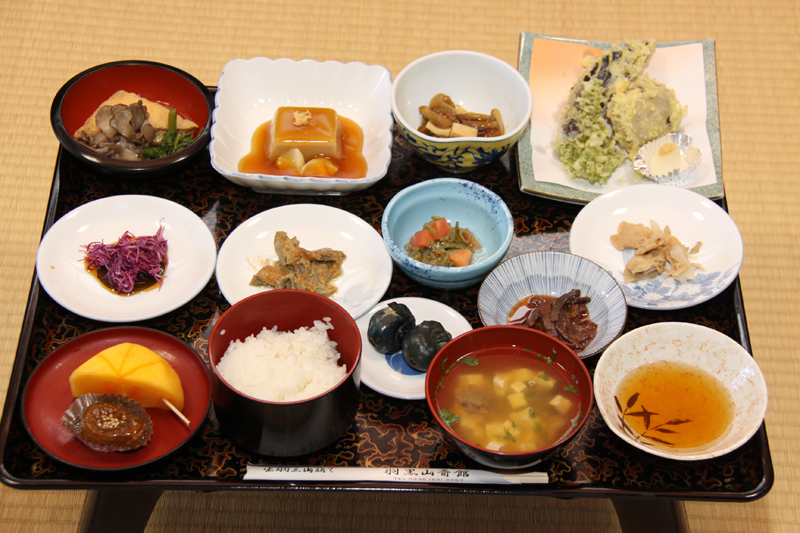
「ユネスコ食文化創造都市」とは、ユネスコ(UNESCO/国際連合教育科学文化機関)が「経済的、社会的、文化的、環境的側面において、創造性を持続可能な開発の戦略的要素として認識している都市間の協力を強化」 (文部科学省) を目的として2004年に創設した7部門からなる『ユネスコ創造都市ネットワーク』の食文化部門で加盟が認められた都市のことです。
対象は世界中の都市で、文学、映画、音楽、クラフト&フォークアート、デザイン、メディアアート、食文化という7つの部門があります。
2014年に「ユネスコ食文化創造都市」に加盟認定された日本初の都市、鶴岡市
鶴岡市は2014年に日本で初めて「ユネスコ食文化創造都市」の加盟認定されました。日本では他に
- 食文化:臼杵市(大分県/2021年)
- デザイン:神戸市(兵庫県/2008年)、名古屋市(愛知県/2008年)、旭川市(北海道/2019年)
- クラフト&フォークアート:金沢市(石川県/2009年)、丹波篠山市(兵庫県/2015年)
- メディアアート:札幌市(北海道/2013年)
- 音楽:浜松市(静岡県/2014年)
- 映画:山形市(山形県/2017年)
が「ユネスコ創造都市」に加盟が認められています。
「生きるための」精進料理や行事食に残る食文化
日本は各地に豊かな郷土料理が残っていますが、鶴岡市には山の幸、里の幸、海の幸とすべての食材が揃っていて、古くから豊かな食文化を培ってきました。
1400年以上前に羽黒山、月山、湯殿山という出羽三山に入山した修験道の山伏たちによって始められた“精進料理”は、生きるための料理として今に伝わっています。
修行僧たちが命を維持するために少ない山の恵みを工夫して食した品々は、わざわざ食べに来る観光客がいるほど深い味わい料理です。また、500年以上民俗芸能として伝承されている『黒川能』にも、独特な食文化が伝わっています。
伝統野菜の宝庫、庄内平野。豊かな漁場、鶴岡沖の日本海
鶴岡の里には庄内藩が居城を築き、城下町として発展してきました。鶴岡に城を築いた理由として背後に最上川が作った肥沃な大地、庄内平野が広がっていたことがあげられます。
庄内平野からは何十種類ものその土地ならではの作物があり、さまざまな料理が生み出されました。
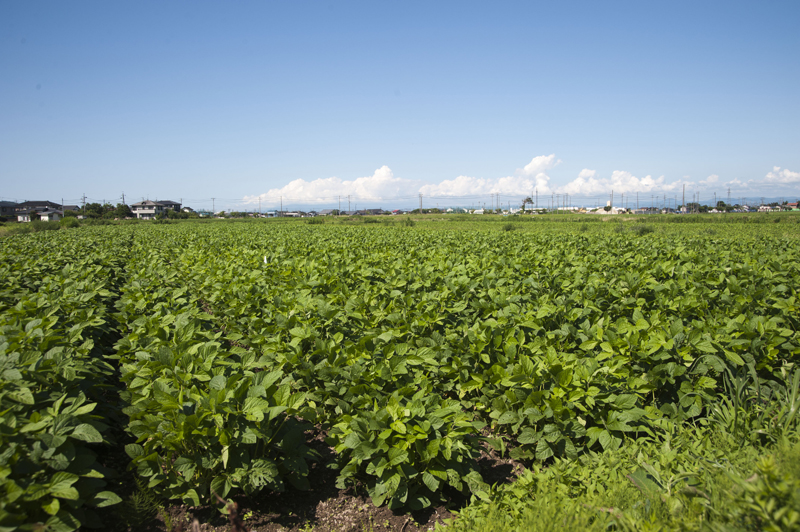
農家の人たちは、何代にもわたり栽培する作物の種を守り続け、現代にまで伝え続けています。その結果在来種といわれる作物が現在でも60種類以上確認されていて、鶴岡の食を豊かにしています。
最上川は庄内平野から日本海に流れ出ます。鶴岡の沖は、南からの暖流(対馬海流)と寒流(リマン海流)がぶつかりあい、さらに最上川からの栄養分豊富な水が混ざることでプランクトンが大量発生し、魚の生息には最高の環境です。鶴岡の港にあがる魚種は約130種にもなるといわれています。
厳しい山岳の料理、豊かな里の料理、そして新鮮な海の料理、すべてが揃っているのが「ユネスコ食文化創造都市」鶴岡なのです。
料理方法、保存技術など和食の基本となった精進料理
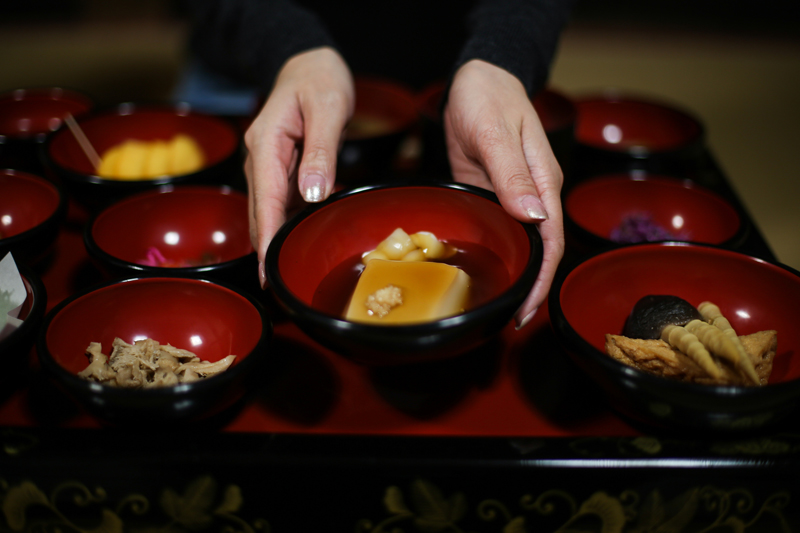
斎館)©やまがたへの旅
1,400年ほど前に開かれた羽黒山には、山伏たちが食べていたといわれる精進料理が伝承されています。その時々に採れた食材を中心に、保存されていたものを加えて調理される料理は、季節ごとにまたその日によっても変わります。
春の山菜、秋のキノコは定番です。ほかに舞茸と厚揚げの煮物、胡麻豆腐のあんかけ、季節の野菜の天ぷら、きのこの味噌汁など7~10種類以上の小鉢が膳に並びます。
出羽三山の精進料理は羽黒山山頂の「斎館(さいかん)」や麓の宿坊で味わえます。
羽黒山参籠所 斎館<Information>
- 名 称:羽黒山参籠所 斎館
- 所在地:羽黒山山頂
- 電話番号:0235-62-2357
- 営業時間:11:00~14:00
- 斎食料:7品/2,750円、10品/3,850円
- 宿泊:1泊2食1名/11,000円~
- URL:羽黒山「斎館」
Google Map
黒川能が奉納される祭りで振る舞われる「凍み豆腐」
月山の麓、鶴岡市黒川の春日神社では、2月1日から2日間、神社の旧例大祭「王祇祭(おうぎさい)」が斉行され、500年もの間伝わる「黒川能(くろかわのう)」が奉仕上演されます。
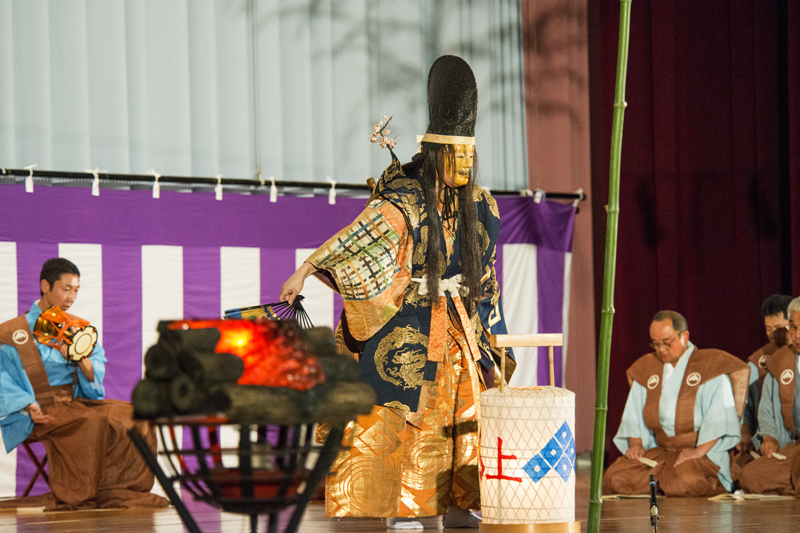
『黒川能』は、現存する観世流(かんぜりゅう)、宝生流(ほうしょうりゅう)、金春流(こんぱるりゅう)、金剛流(こんごうりゅう)、喜多流(きたりゅう)という能楽5流派には属さずに、春日神社の神事能として氏子が上座と下座に分かれて伝承され、独自の発展を続けた民俗芸能です。
『黒川能』には5流ではもう演じられることのない古い演目などが数多く残っているのも特長となっています。
『黒川能』の起源は諸説ありますが、観阿弥(かんあみ)世阿弥(ぜあみ)親子が確立した能(猿楽/さるがく)が室町時代後期には黒川に伝わっていたと考えられています。
現在でも能の主役で舞方(まいかた/能のシテ・ワキ・地謡を含む役者)から囃子方(はやしかた/楽器で伴奏)、狂言方(きょうげんかた/笑いが中心のせりふ劇を演ずる役者)などを含め総勢160名ほどで演じられています。ほかに能面250点、能装5500点、演目数は能540番、狂言50番など民俗芸能としては大変大きな規模です。
『黒川能』は、国の重要無形民俗文化財に指定されています。
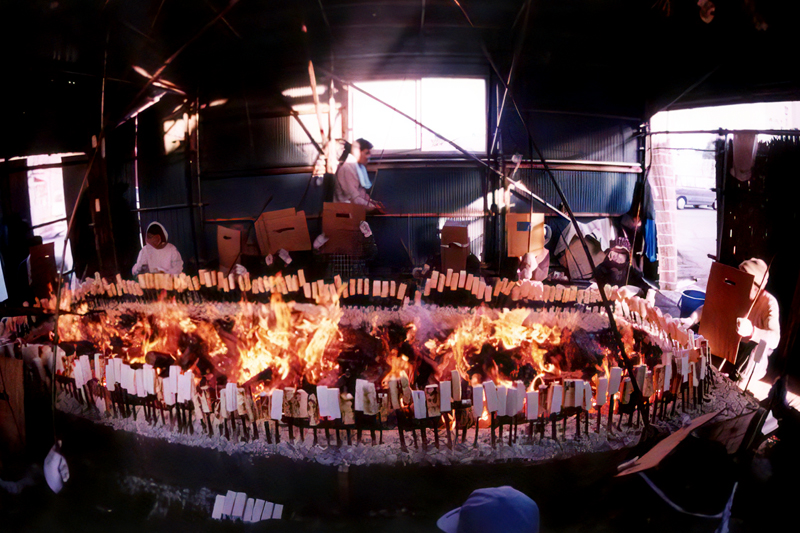
王祇祭では伝統料理「凍み豆腐」が振る舞われるため、別名“とうふまつり”と呼ばれています。1月中旬に御神体を迎える当屋集落の人たちによって5,000本もの直方体に切られた豆腐が焼かれます。焼かれた豆腐は1度凍らせてから味噌煮し、酒、醤油、胡桃、海苔、山椒などで味付けをした“二番汁”といわれるタレにつけて食べます。
「凍み豆腐」は、王祇祭の行事食であり、地域に受け継がれている郷土料理です。
王祇祭・黒川能<Information>
- 名称:王祇祭・黒川能
- 開催場所:春日神社(座中当屋)
- 住所:山形県鶴岡市黒川字宮の下291
- 電話番号:0235-57-3019
- 「王祇祭」(斎行期間):2月1日~2月2日
- URL:春日神社
Google Map
古くから伝承される在来種を使った庄内平野の郷土料理
庄内平野を中心に鶴岡に伝わる在来種の野菜は、全国的に知られるようになっただだちゃ豆を筆頭に、60種類以上確認されています。鶴岡でも山沿い、平野部、海沿いなど地域によっても栽培される在来種に違いがありますが、その食べ方にもさまざまな工夫が凝らされています。
在来種の栽培は、原則として種は買うのではなく、自家取りして育てます。現在日本で食べられている野菜は、同属の野菜をかけあわせていいとこ取りしたものがほとんどで、西洋種とのかけあわせも多く栽培されています。在来種は他品種と交雑(自然に受粉してしまう)は許されないので、栽培管理は大変です。庄内平野でも多くの新しい品種が栽培されていて、そんな中で在来種を維持してきた農家の努力は賞賛に値します。それがなければ「ユネスコ食文化創造都市」の加盟は認められなかったでしょう。
鶴岡の在来野菜には、だだ茶豆のほか孟宗、温海カブ、平田赤ネギ、だだちゃ豆、イタドリ、芋がらなど数え上げたらきりがありません。代表的郷土料理としては、孟宗汁、弁慶飯、どんがら汁(寒鱈汁)、鱒のあんかけ、卵寒天、醤油寒天、ハタハタの田楽、ハタハタの湯上げ、だだちゃ豆がんも、孟宗焼きなどがあげられます。
豊富な海の幸は、独特な郷土料理を生み出しています。また海草などは出汁(だし)として使われることも多く、鶴岡の食卓を味わい深いものにしています。
[弁慶飯]

味噌にぎりに青菜漬を巻いて、香ばしく焼いたもの。弁慶飯の由来は、「青菜漬でおにぎりを巻いた様子が、けさで顔を覆い隠した武蔵坊弁慶の姿に似ている」というもの。
[ハタハタの湯上げ]
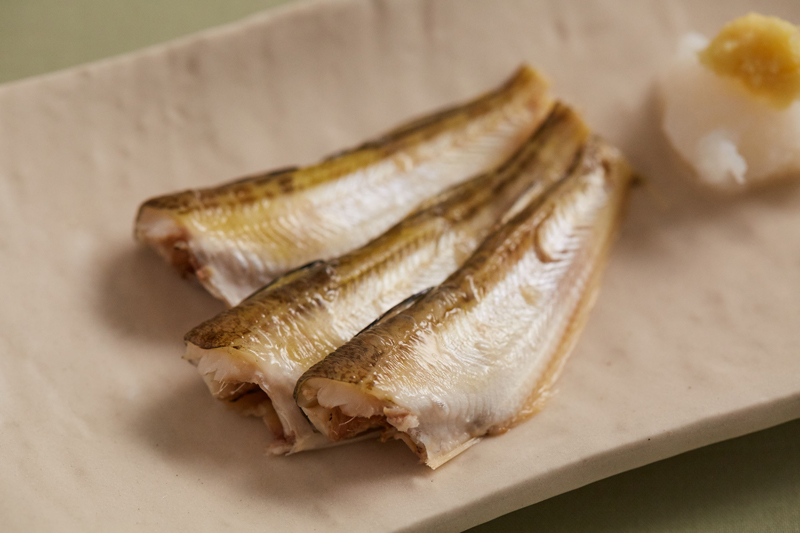
東北地方では、ハタハタは欠かせない冬の食材。田楽は、昆布に酒などを入れたつゆにハタハタ入れ、ブリコ(卵)が白っぽくなったらすくいとり、醤油でいただきます。
[どんがら汁/寒鱈汁]
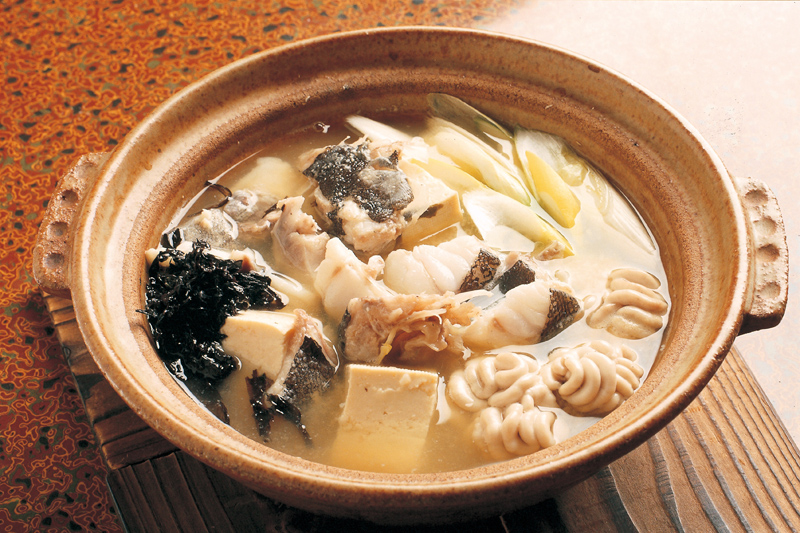
冬に卵を抱いたマダラ(寒ダラ)を使った鍋料理。起源は漁師料理といわれマダラを余すことなく使います。“どんがら”とはマダラのあらのこと。
[孟宗汁(もうそうじる)]
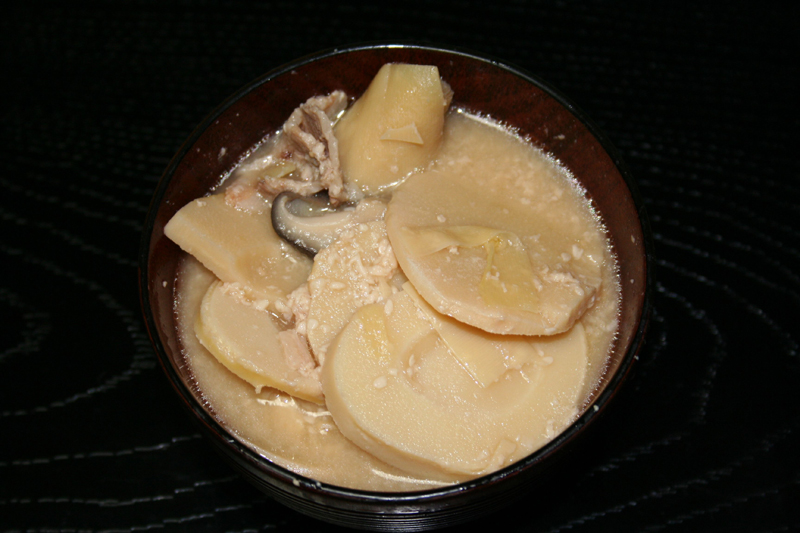
ブランドタケノコとして全国的に知られる“湯田川孟宗”。孟宗竹の北限でもあり、大変珍重されています。孟宗汁は孟宗竹のタケノコの豚肉や厚揚げ、キヌサヤ、酒粕などを入れたつゆでいただきます。
[鱒のあんかけ]
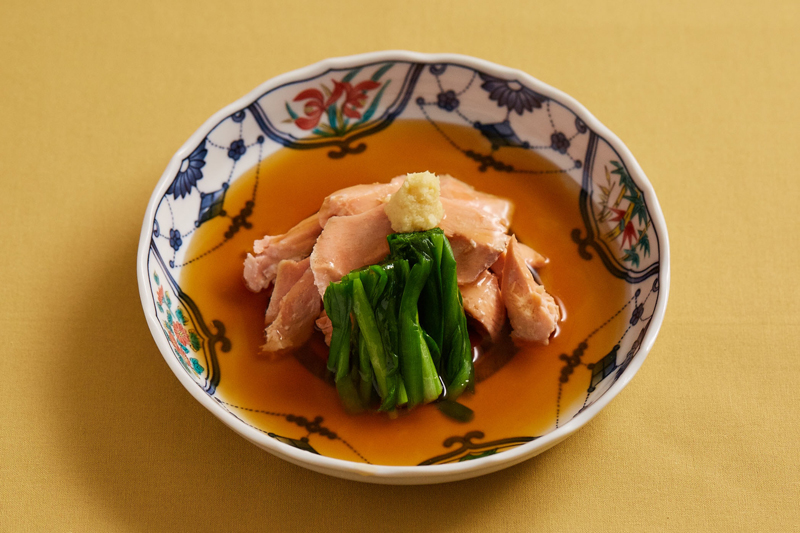
京都の“あんかけ文化”が北前船で鶴岡に伝わったといわれるあんかけ料理です。春に川を遡上するサクラマスを使い、その茹でた身にニラをそえて、あんをかけ、しょうをのせたら完成。京都府のあんかけと違い、冷たくて甘いあんかけを使用します。
[卵寒天/醤油寒天]
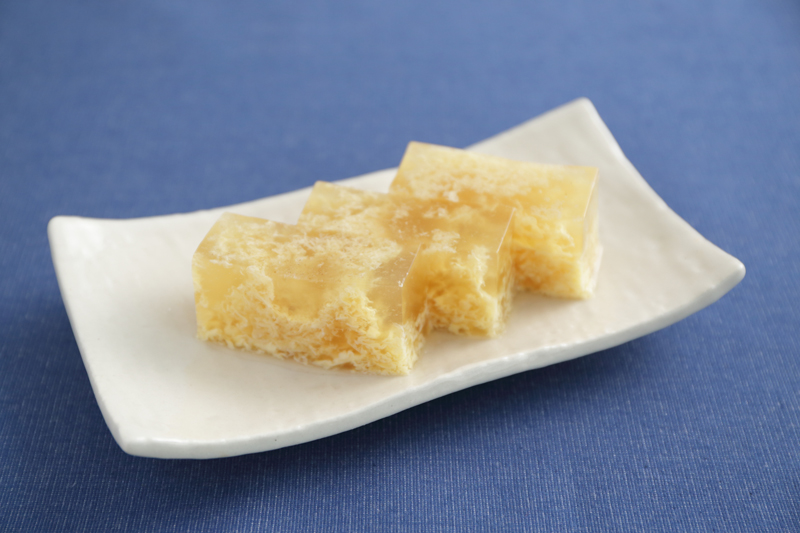
テングサから作った寒天を湯で溶かし、砂糖や醤油、溶き卵を入れ、よくかき混ぜ器に入れて冷やします。ゼリー状になったら食べやすい大きさにカットしてそのまま食べます。ゆで卵やかき卵が入ることもあり、醤油と砂糖が入っているので甘じょっぱいのが特徴です。
[だだ茶豆の炊き込みごはん/だだちゃ豆がんも]
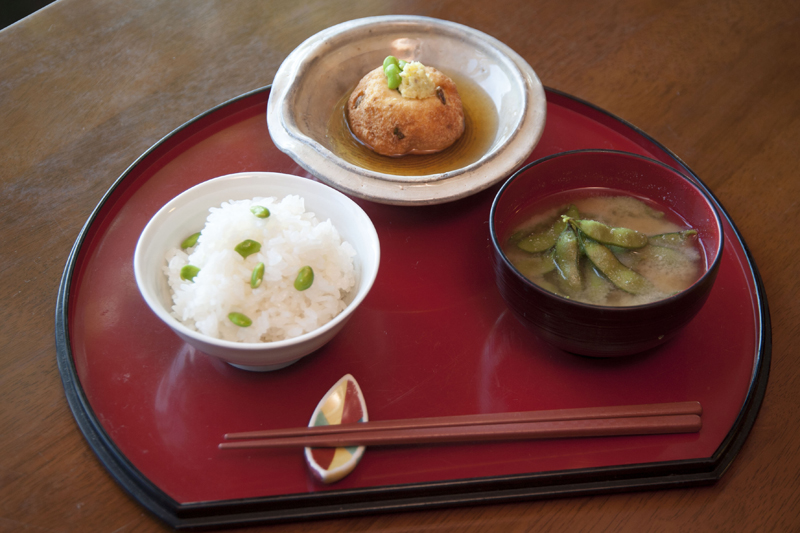
だだちゃ豆は、大豆の一種で秋には熟すと茶色い硬い大豆になります。それを豆が熟す前、夏の間にまだ緑色をして柔らかい状態で収穫したものです。茹でてそのまま食べたり、加工品に入れたりします。“だだ”の由来は、庄内藩の殿様が出された豆を気に入り、「今日はどこのだだ(お父さん)の畑で採れた豆か」と言ったからと伝わっています。だだちゃ豆は、鶴岡の土地でなくてはその味が出せないといわれていて、門外不出の豆として厳重な管理のもと栽培されています。
新たに誕生した鶴岡食のテーマパーク「鶴岡食文化市場 FOODEVER」
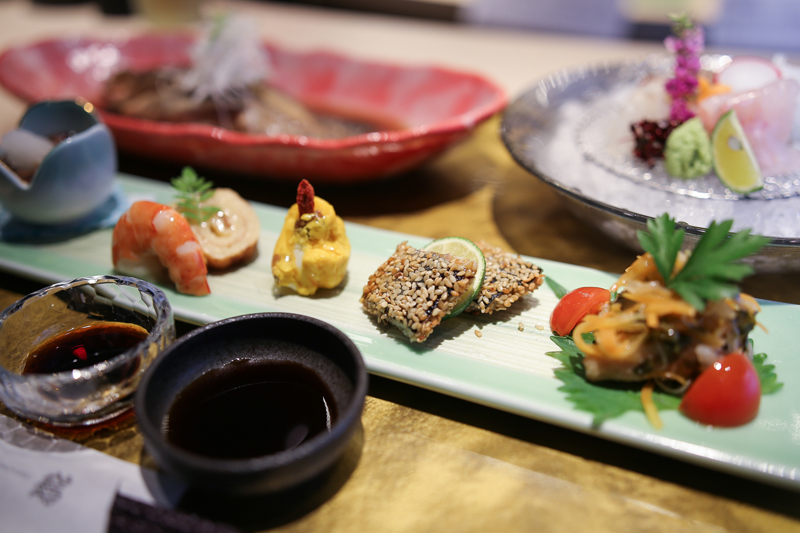
鶴岡にはほかにも長い間培ってきた在来種を使った郷土料理や食文化が多く残っています。
鶴岡の食文化が一堂に集まった食の複合施設「鶴岡食文化市場 FOODEVER」では、伝統の料理や鶴岡の食材を使った新しいメニューが味わえます。
また、北前船の守護龍神様を祀っている禅寺善寶寺(ぜんぽうじ)での座禅と精進料理体験などもおすすめです。
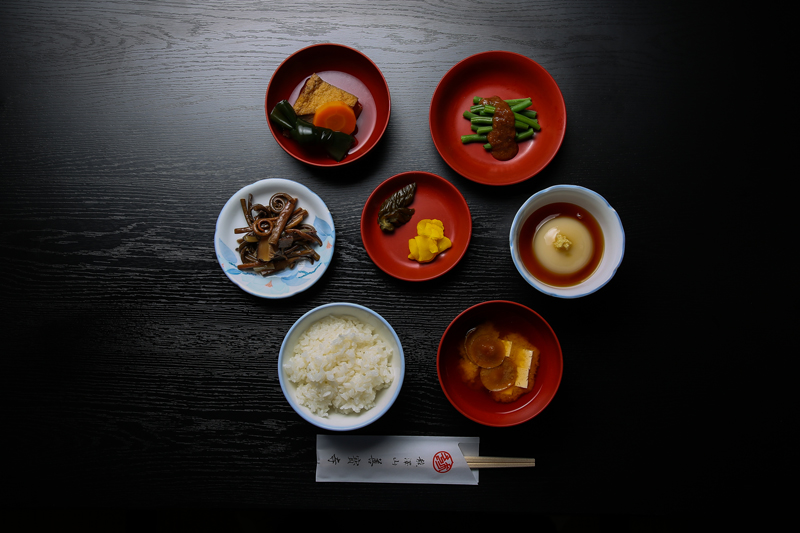
鶴岡食文化市場 FOODEVER<Information>
- 名称:鶴岡食文化市場 FOODEVER
- 所在地:山形県鶴岡市末広町3-1 マリカ東館1階
- 電話番号:0235-25-7678(鶴岡市観光案内所)
- URL:鶴岡食文化市場 FOODEVER
Google Map
善寳寺<Information>
- 名称:龍王尊 善寳寺
- 所在地:山形県鶴岡市下川字関根100
- 電話番号:0235-33-3303
- 参拝無料
- URL:善寶寺




